Flashback Friday: Postcards from the Edge
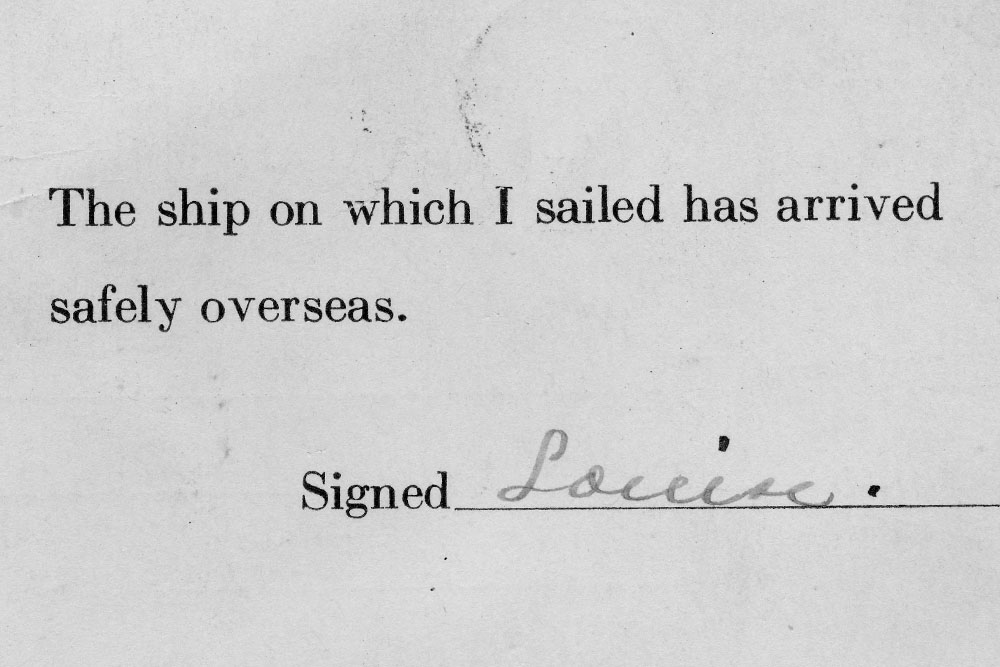
American nurses have been globetrotters since the beginning, and their motivations for traveling overseas still resonate today: new horizons, opportunities for professional growth, disasters, wartime need, mission work, and research. Postcards in the Bjoring Center’s collections give us glimpses of the adventures and privations these nurses experienced—as well as a common longing to return home.
In 1918, American Red Cross nurse Camilla Louise Wills sent a postcard to notify her family that she was alive and well; anything more would be censored. She could not tell them that she had reached the shores of France and was en route to the University of Virginia’s Base Hospital 41 in San Denis. Still, the brevity of the message—“The ship on which I sailed has arrived safely overseas”—must have packed a punch for her anxious family back in the States.
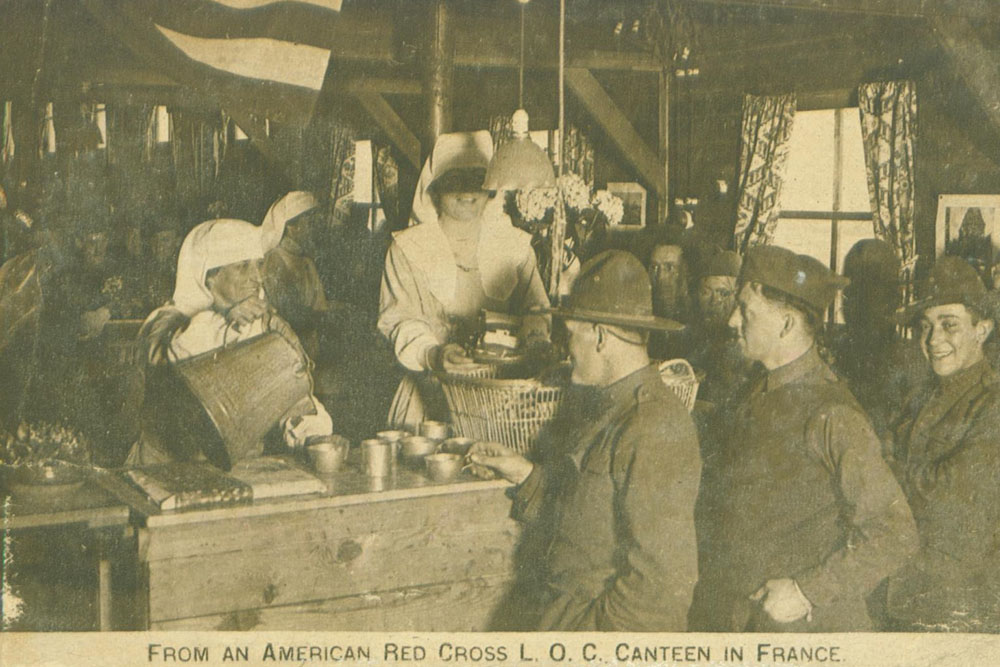
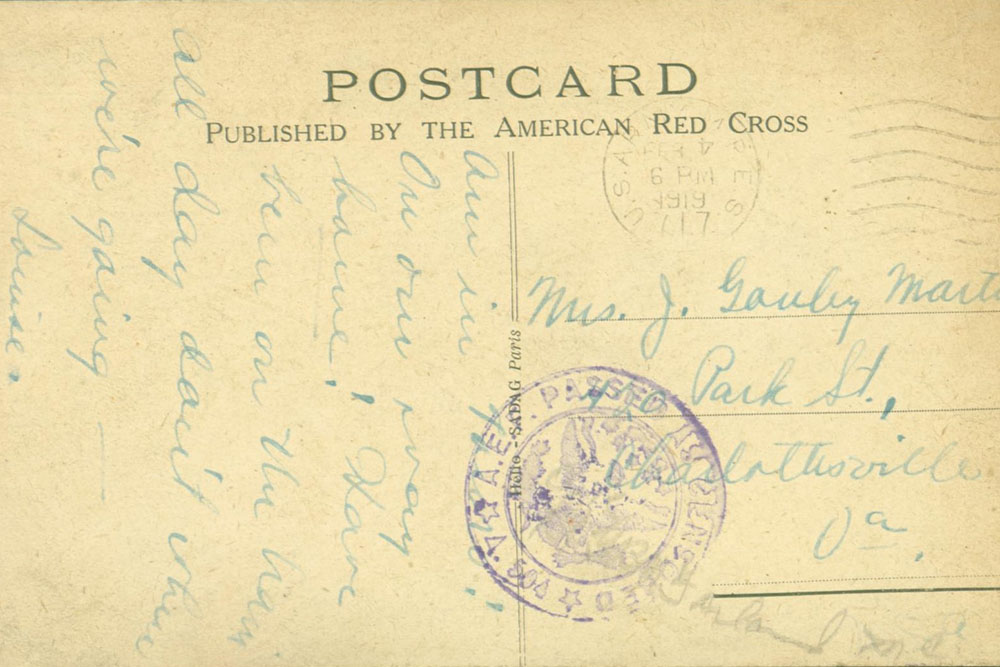
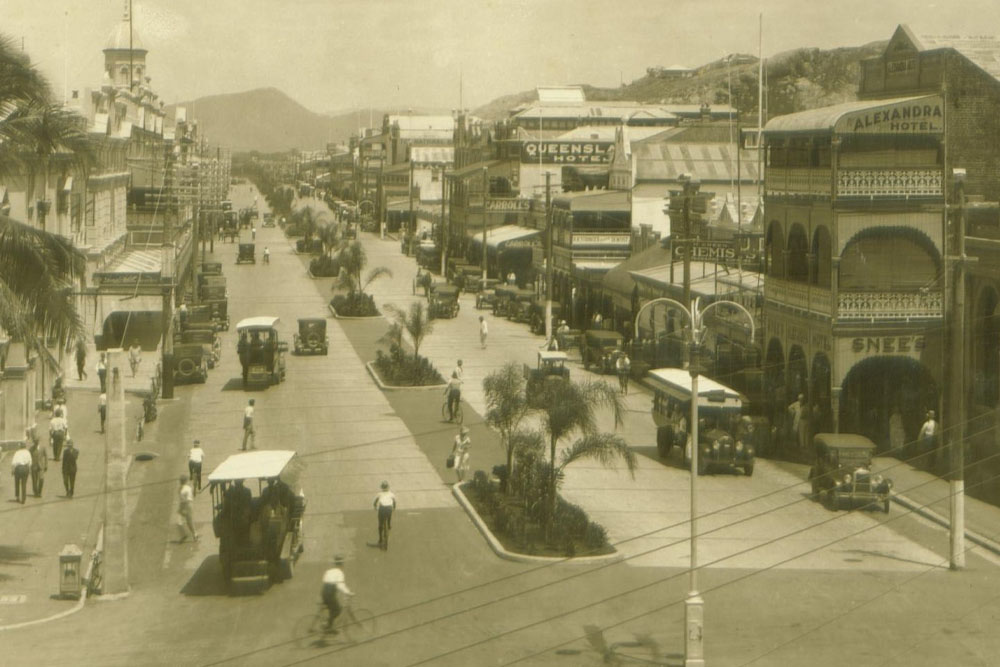
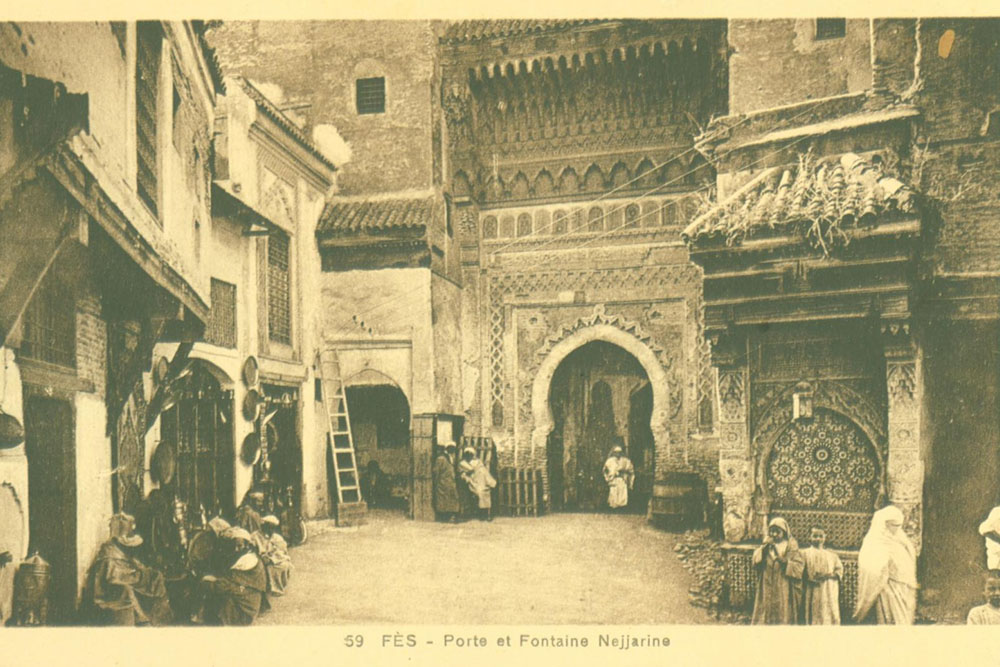
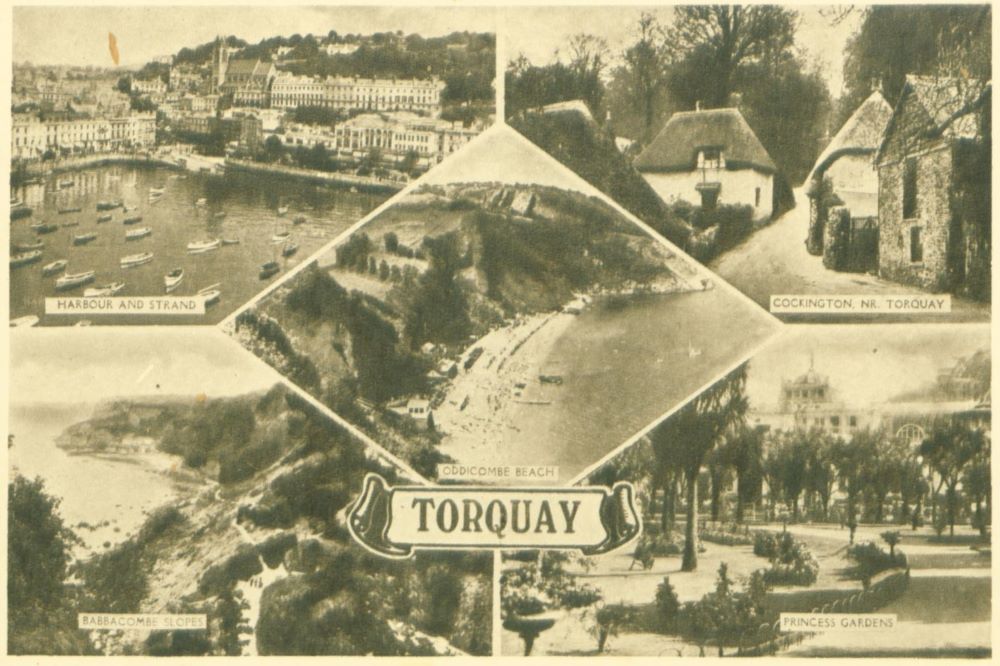
.jpg)
.jpg)
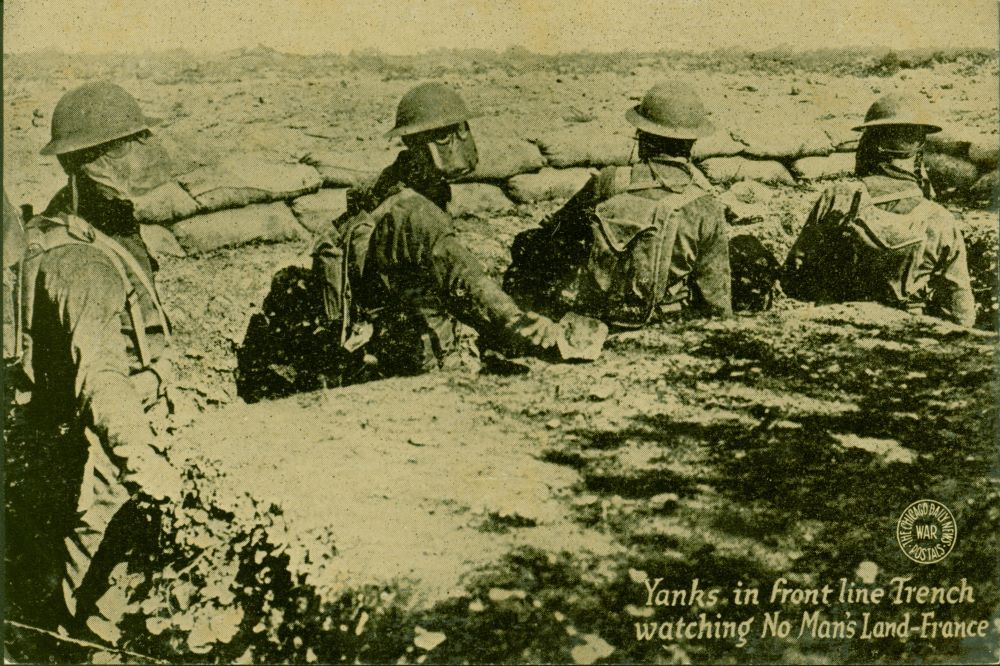
In wartime scrapbooks preserved in the Bjoring Center, postcards capture a very personal visual record; they are not mere souvenirs of a particular time and place. Claire E. Fearn, a U.S. Army Nurse Corps captain who was stationed in the Pacific Theatre during World War II, interspersed postcards with snapshots, clippings, and other paper ephemera. Likewise, Elizabeth Sams Moore, who served as a first lieutenant in the Army Nurse Corps, seemed to use postcards like map points while on the move in North Africa, Italy, and France with her unit.
What place do postcards have in our material culture? They have been called “one of the lowliest forms of archival documentation,” yet scholars are beginning to treat them seriously. As artifacts, they reflect a range of emerging trends and national phenomena—including changes in printing technology, postal regulations, forms of communication, popular culture, and travel.
Postcard collectors—also known as deltiologists—date their popularity to the 1893 Columbian World’s Exposition in Chicago. This cheap cardstock evolved over time and reached a so-called “golden age” between 1905 and 1915, when collecting postcards became a national obsession.
This #FlashbackFriday is brought to you by the Bjoring Center for Nursing Historical Inquiry, one of just three archives in the world devoted to the preservation and study of nursing history. It hosts nursing history forums throughout the year, awards annual research fellowships, and publishes a newsletter. Read our special 30th-anniversary publication, Object Lessons.
The center is open to researchers and visitors Monday through Thursday, 9 a.m.- 5 p.m., or by appointment. Please contact the center to schedule an appointment.
###
